Hello everyone how is it going? Today’s topic is the largest shrine in Japan andit’s “Cool Japan” as a god of love, or a romantic god existing at “Izumo-Taisha“.
Izumo-Taisha has been a very popular shrine as one of Power Spot(Sacred place) among numerous spiritual sites throughout the country.
What’s Izumo-Taisha (a god of love)?
Power Spot, this is Japanese English word that it means places believed to give visitors some special energy, a spiritual force that heals or refreshes.
Special power of matchmaking for marriage in particular is well-known, that’s why it has attracted unmarried women since olden times.
The Izumo region in Shimane Prefecture, which features in Japanese mythology, is home to Izumo Taisha, a shrine with a remarkaly long history.
Izumo Taisha is dedicated to Okuninushi no Mikoto, the deity believed to have created Japan. Okuninushi is known as a god of love.
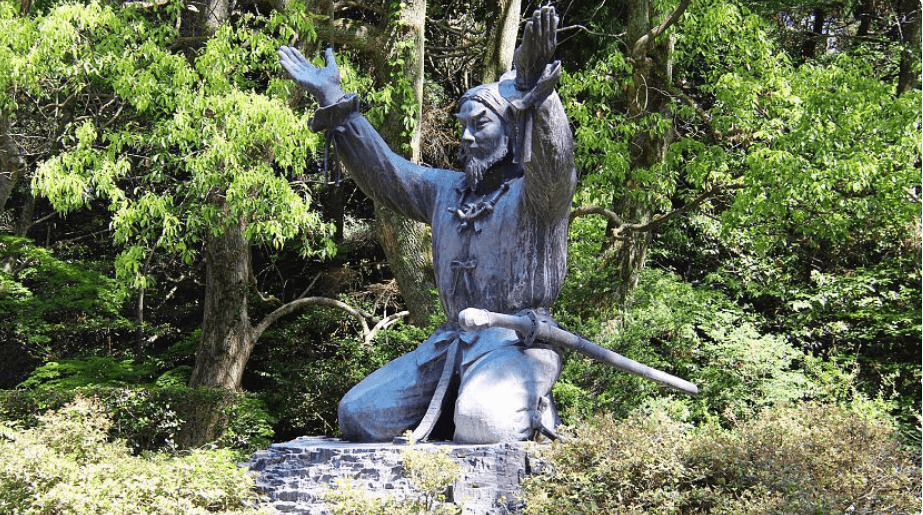 A statue of Okuninushi along the approach to the shrine
A statue of Okuninushi along the approach to the shrine
He has been worshipped over the centuries because he’s believed to possess special powers to help people pair up romantically.
According to legend, all of Japan’s gods gather in Izumo every October to hold discussions and make all kinds of arrangements for worldly matters-not just who will marry whom, but also who will get what job and so on.
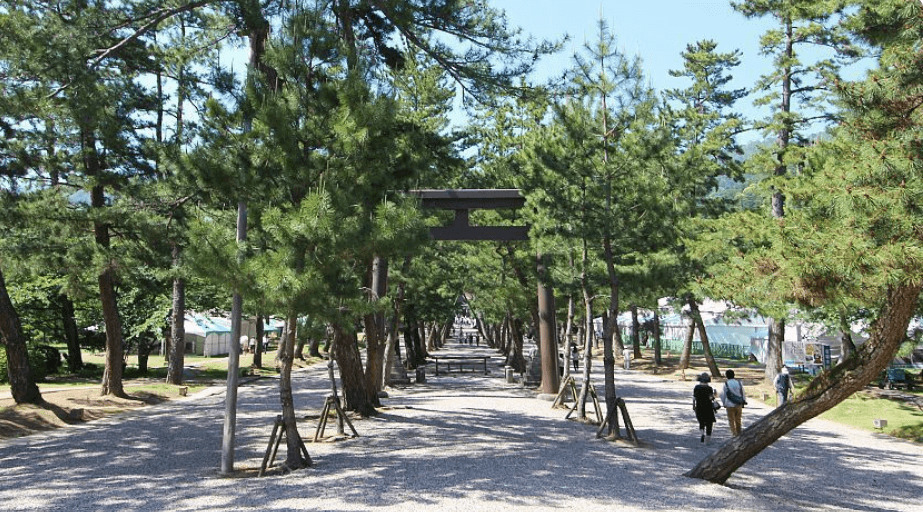 Matsu no Sando(the Path of Pine)
Matsu no Sando(the Path of Pine)
Shimenawa (enclosing rope) are lengths of laid rice straw or hemp rope used for ritual purification in the Shinto religion.
A space bound by Shimenawa often indicates a sacred or pure space, such as that of a Shinto shrine.
The biggest Shimenawa which measures 13.5meter (about 44ft), 4.4tons (about 8,800lbs) rope used to cordon off consecrated areas at Izumo Taisha
Even today, a ritual is held at the shrine to welcome the gods from all around the country. The 10th month in the old calendar is known as “the month without gods”, because they’re all away from home.
The main approach to the shrine starts at a giant torii gate and a shopping street lined by stores and restaurants.
At the end of the street stands a large wooden torii gate, which marks the entrance to the actual shrine grounds.
Continuing north, the approach uniquely leads downhill for a few dozen meters, leading to the Matsu no Sando where the trail is divided into three lanes by two rows of pine trees.
Visitors are to refrain from taking the center lane, as it is said to be the path reserved for the deities.
The main hall is 24 meters (78 ft) high. It’s the largest shirine building in Japan.
Going past the pine trees finally leads to a bronze torii gate, the entrance to the main shrine grounds.
Immediately upon entry, visitors will be confronted by a beautiful wooden structure with a huge sacred straw rope (shimenawa) hung across half its length.
This is the Worship Hall (Haiden). The shimenawa indicates the presence of a deity and separates divine space from the mortal realm.
Large shimenawa are a characteristic of the Izumo region, found also at other shrines in the area.
Behind the worship hall stands the Main Hall (Honden) at 24 meters tall, making it the tallest shrine building in Japan.
Interestingly, it used to be even considerably taller in the past, perched on large pillars.
The current structure was built in 1744 in a purely Japanese architectural style called Taisha-zukuri, which predates the arrival of Buddhism to Japan and the non-native influences it had on shrine architecture.
The main hall together with a few smaller shrine buildings are surrounded by two sets of fences which demarcate inner sanctuaries not accessible to general visitors.
It is however possible to walk around the outer fence and view several more shrine buildings around it.
Among them are two long wooden structures on both sides of the main sanctuary, called Jukusha, which serve as the lodgings for all the deities when they assemble at the shrine for their annual meeting.
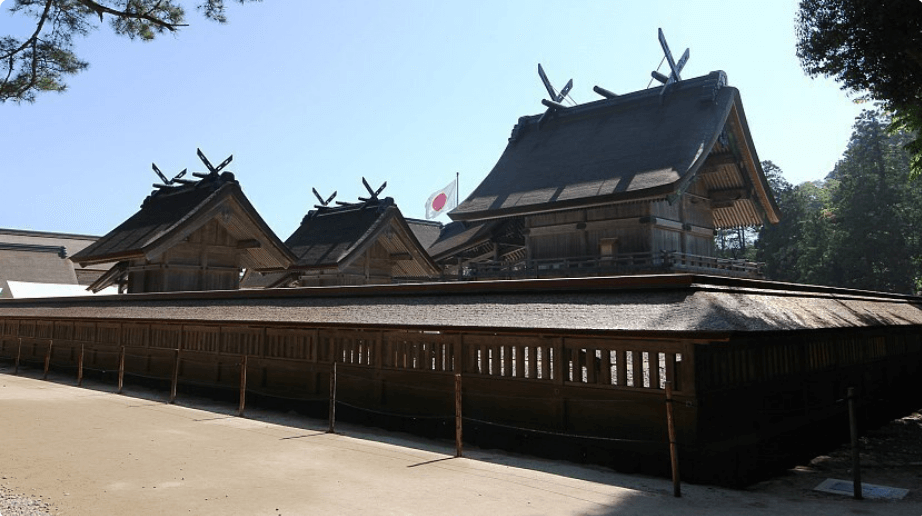 Main Hall (Honden) surrounded by two sets of fences
Main Hall (Honden) surrounded by two sets of fences
Until 1744, Izumo Taisha used to be periodically rebuilt like the Ise Shrines. Since then, the tradition has been only partially maintained with major renovations instead of full rebuildings carried out once approximately every 60 years.
The most recent such renovation began in 2008 and was mostly completed in spring 2013 when the construction scaffolding around the main hall was removed and the deity moved back into the building.
At the southeastern corner of the main shrine grounds stands a treasure hall which exhibits paintings, documents and lavishly ornamented containers, as well as a model and artist impressions of how Izumo Taisha might have looked in the past when it stood on tall pillars.
Immediately east of the shrine grounds stands the Shimane Museum of Ancient Izumo where visitors can learn even more about the shrine and the Izumo region.
 Jukusha – lodgings for the visiting deities
Jukusha – lodgings for the visiting deities
On the other hand, it’s “the month with gods” in Izumo because all the gods gather there.
It’s thought that the main structure of Izumo Taisha used to be bigger than it is now.
According to an architectural drawing from about 800 years ago, each pillar was made by bundling up three logs, each with a diameter of one meter (3.3 ft).
In 2000, the remains of an old structure were discovered. They revealed that the pillars had indeed consisted of giant logs bundled together and confirmed the accuracy of the drawing.
Based on the drawing, experts believe that the structure was 48 meters (157 ft) high and had a ramp 100 meters (328 ft) long. How was it possible to construct a building of such immense proportions so long ago?
Due to its proximity to China and the Korean Peninsula, Izumo was one of the first places in Japan to develop a high level of civilization.
Izumo prospered from the production of iron, and it’s thought that the construction of the enormous shrine was made possible by the area’s wealth.
Izumo Taisha is endlessly fascinating because it’s steeped in mythology and history.
Located in Shimane-prefecture
Access: from Tokyo to Izumo airport takes about 1 hour and a half
from Osaka to Izumo airport takes about 50 minutes
from Izumo airport to Izumo Taisha by bus takes about 1 hour
Good Luck!

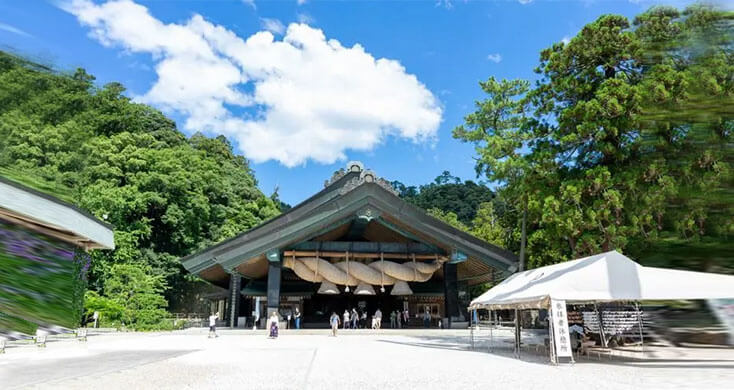
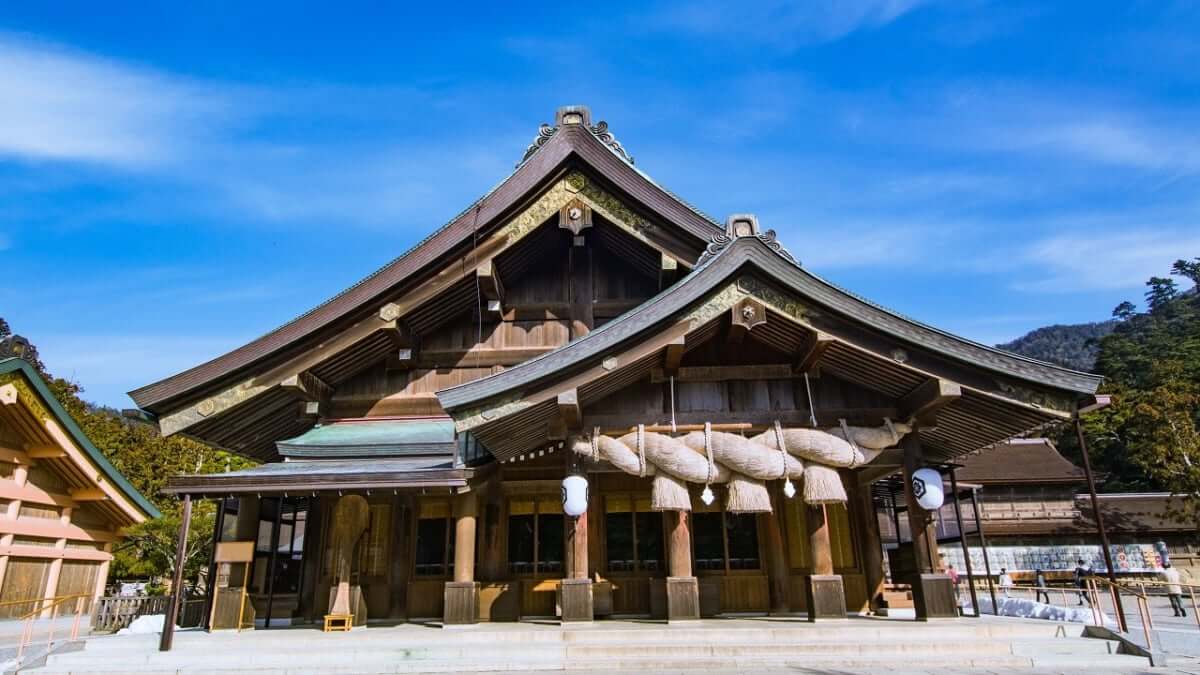

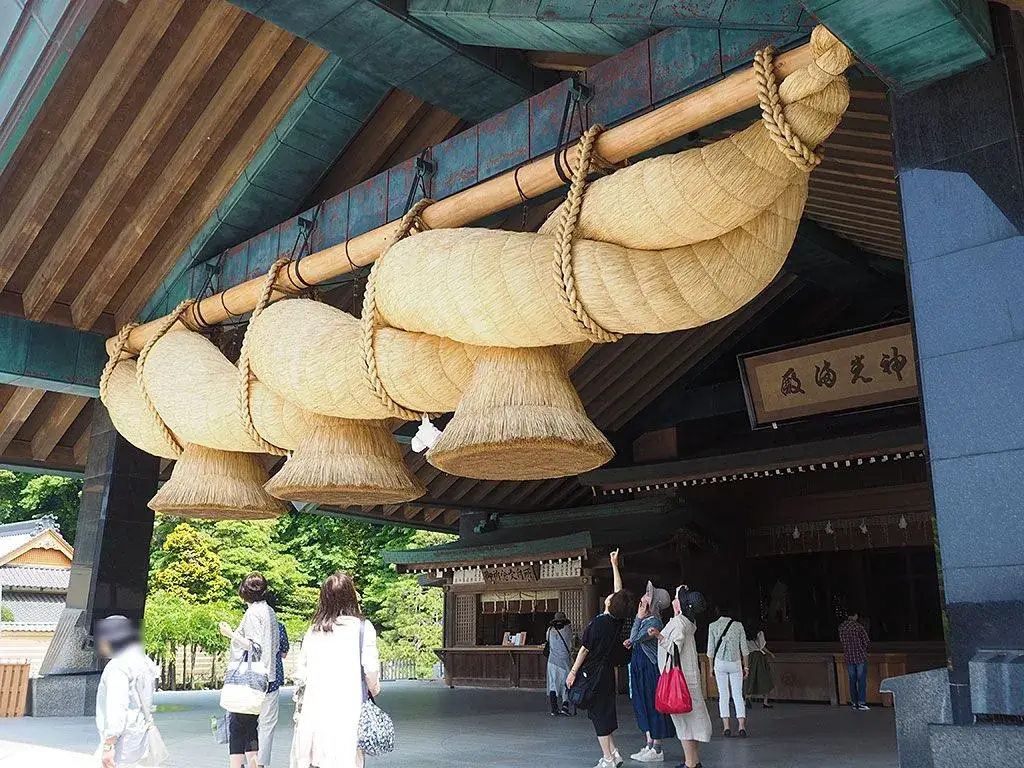

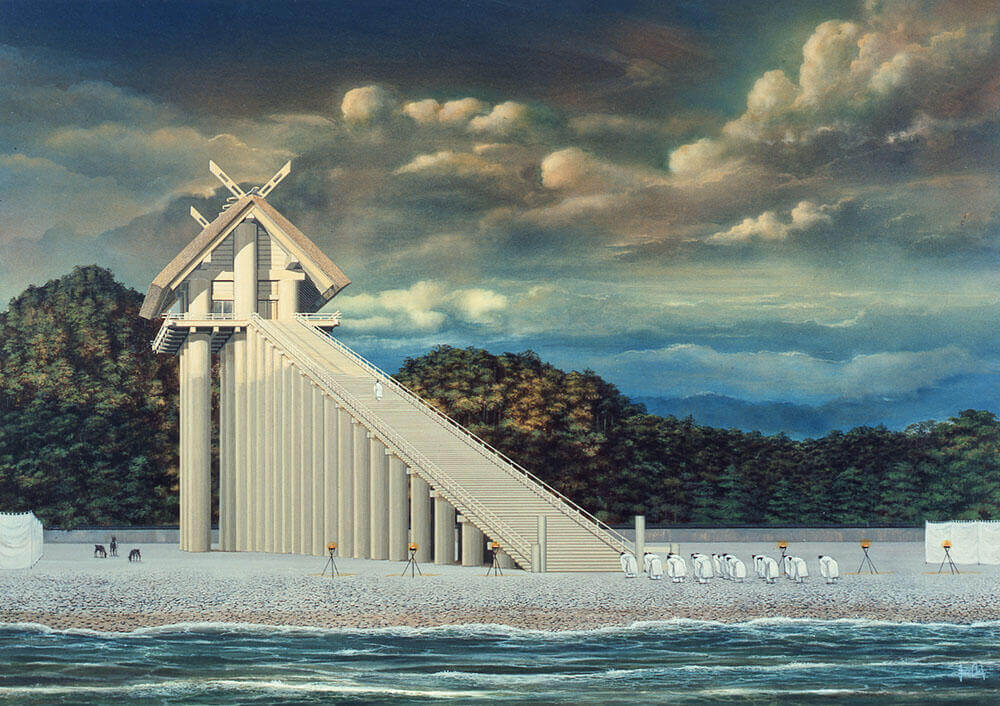







Leave a Comment